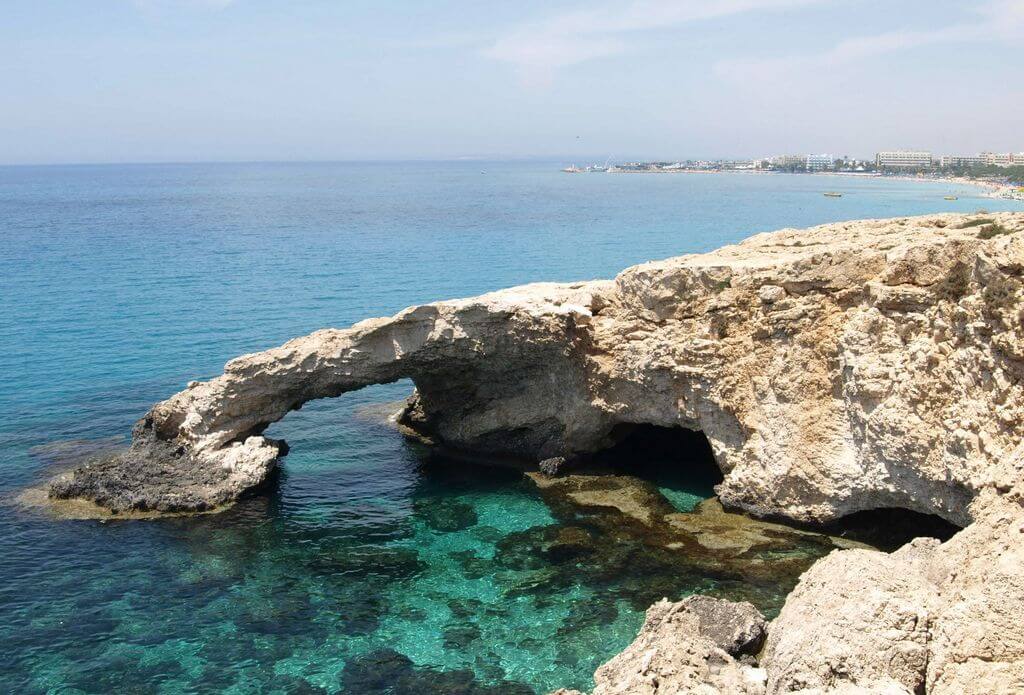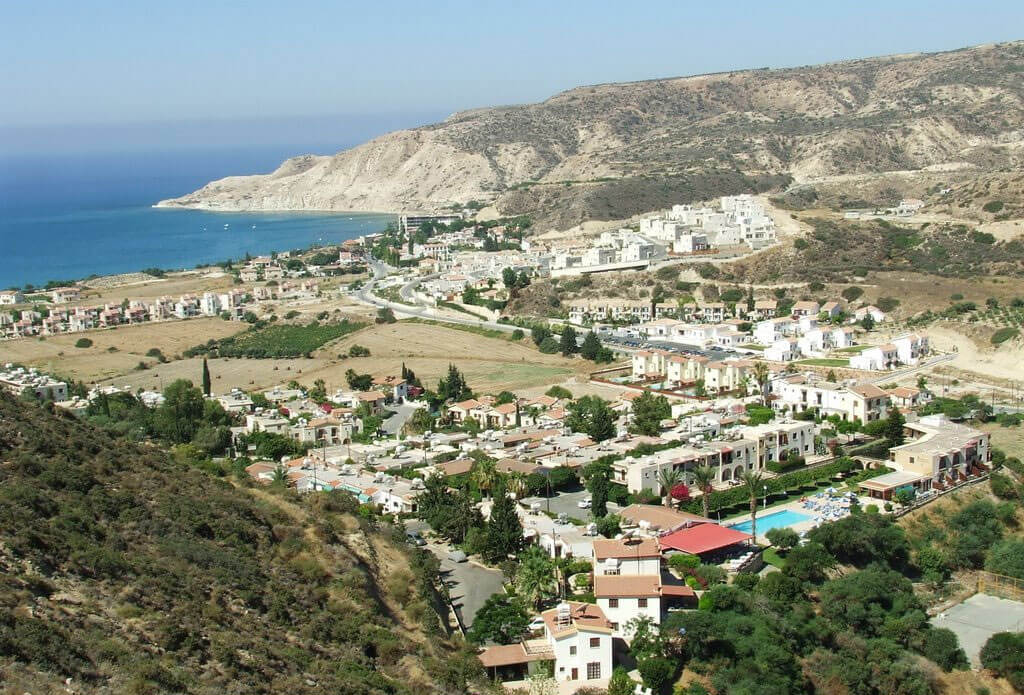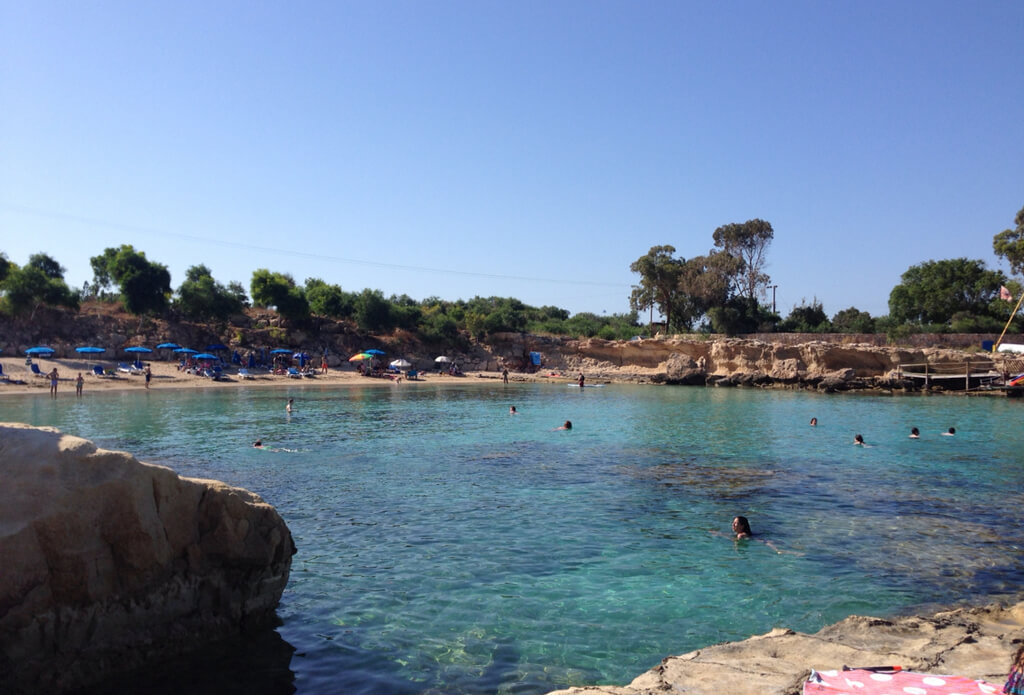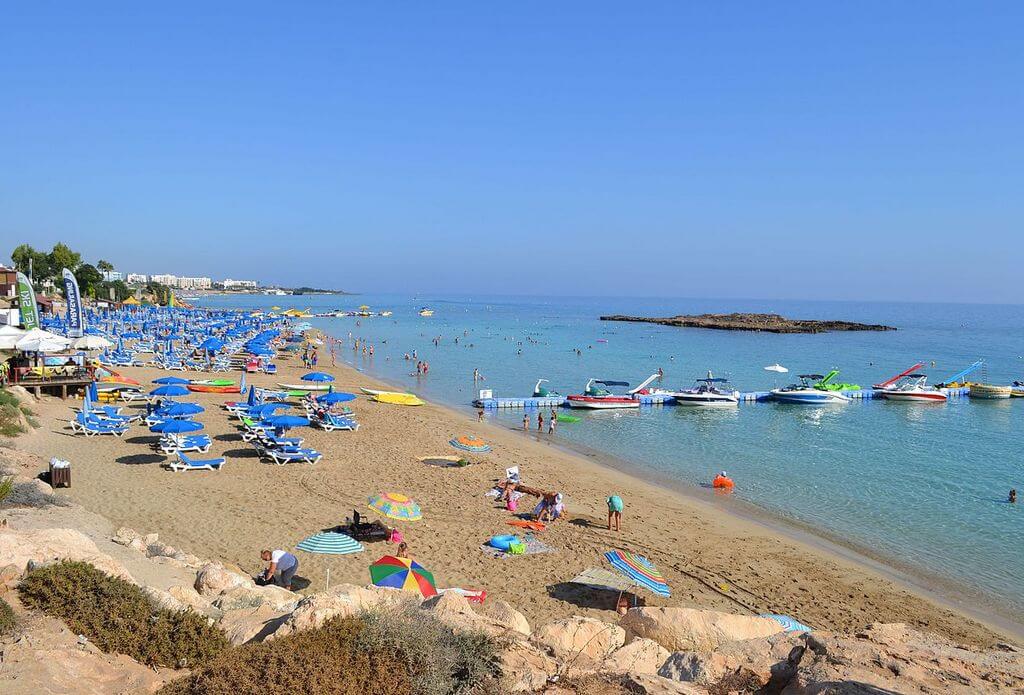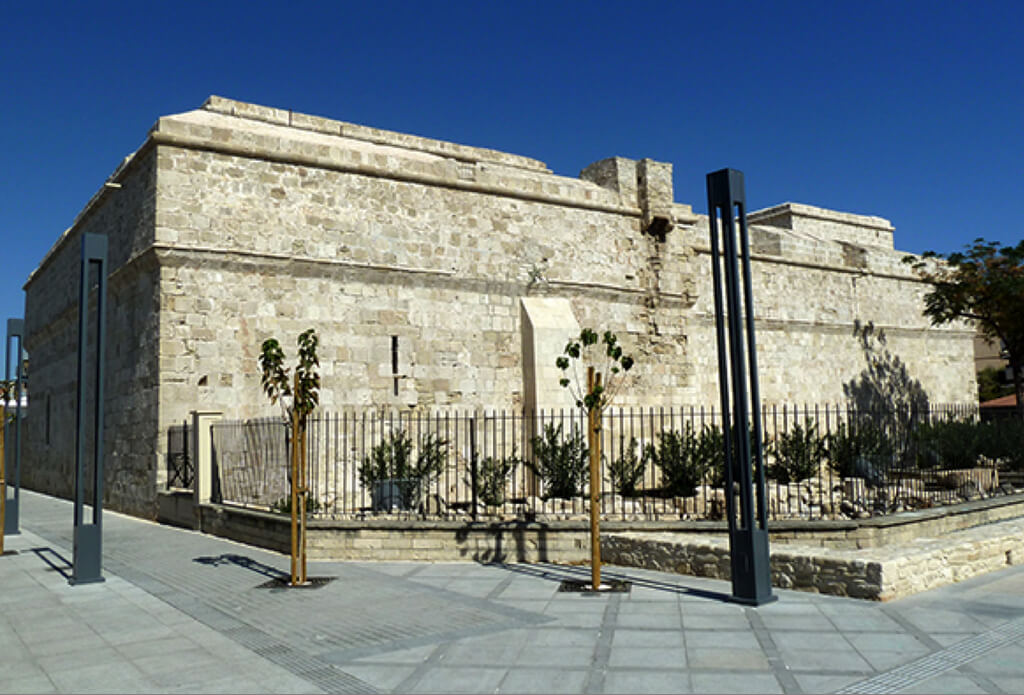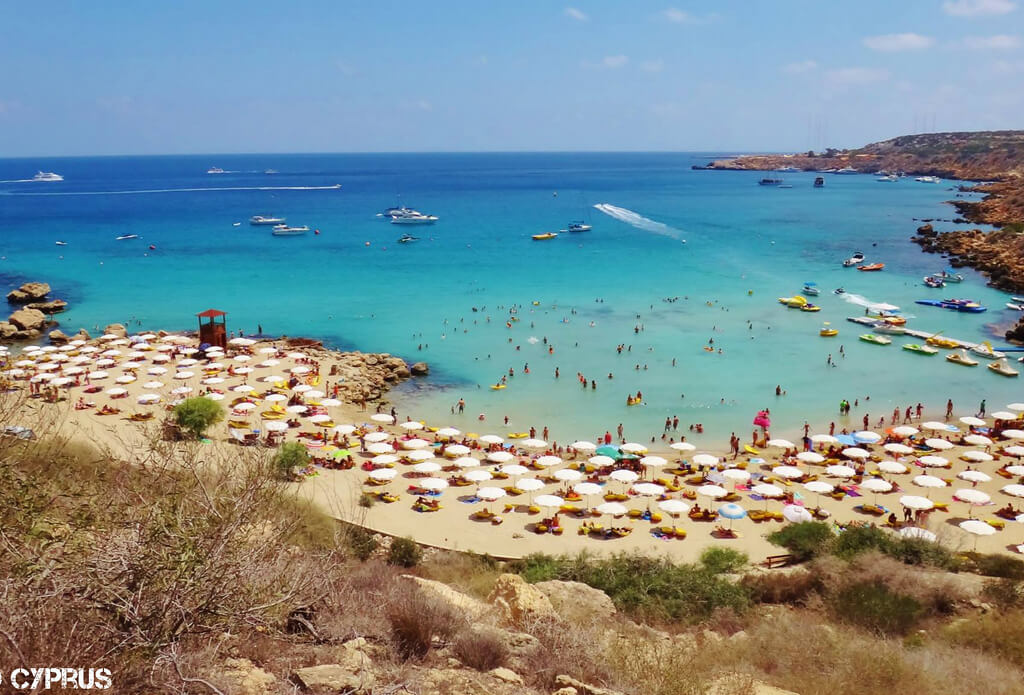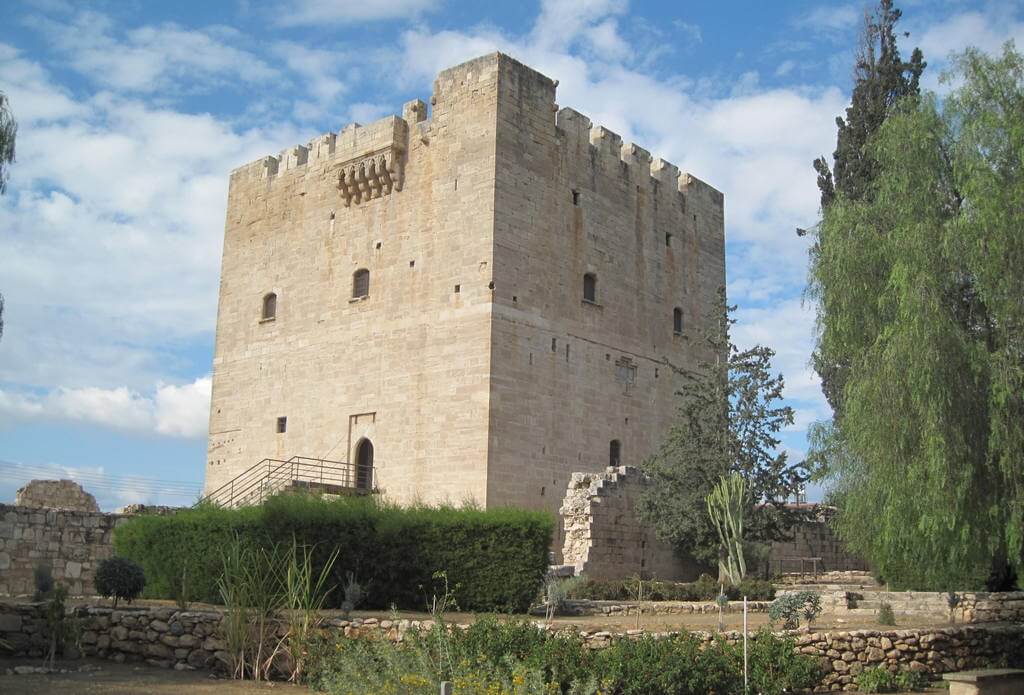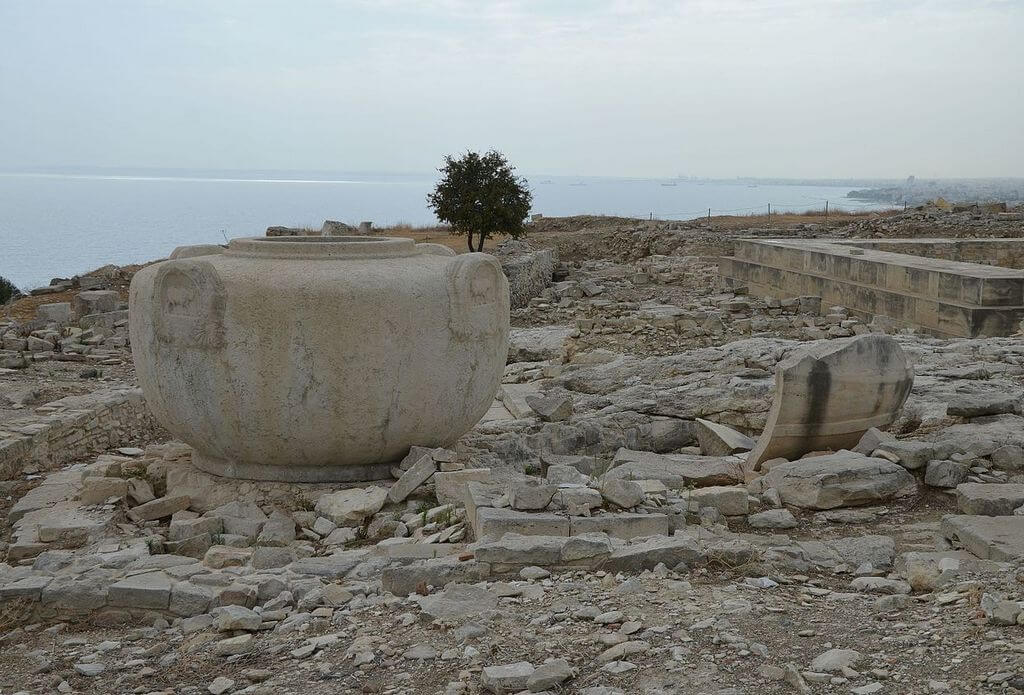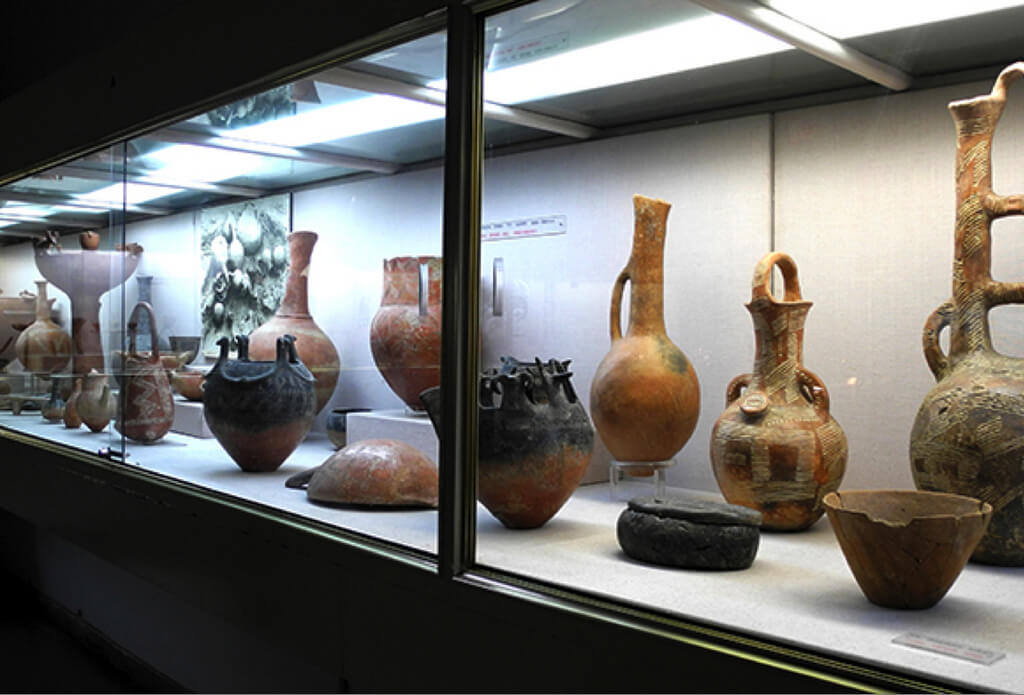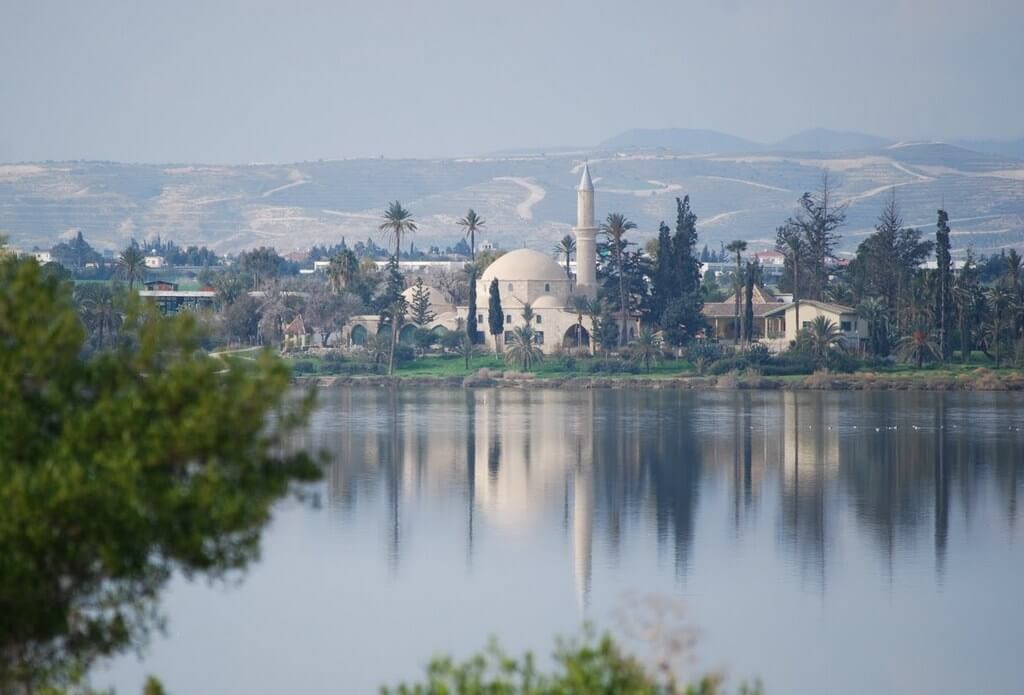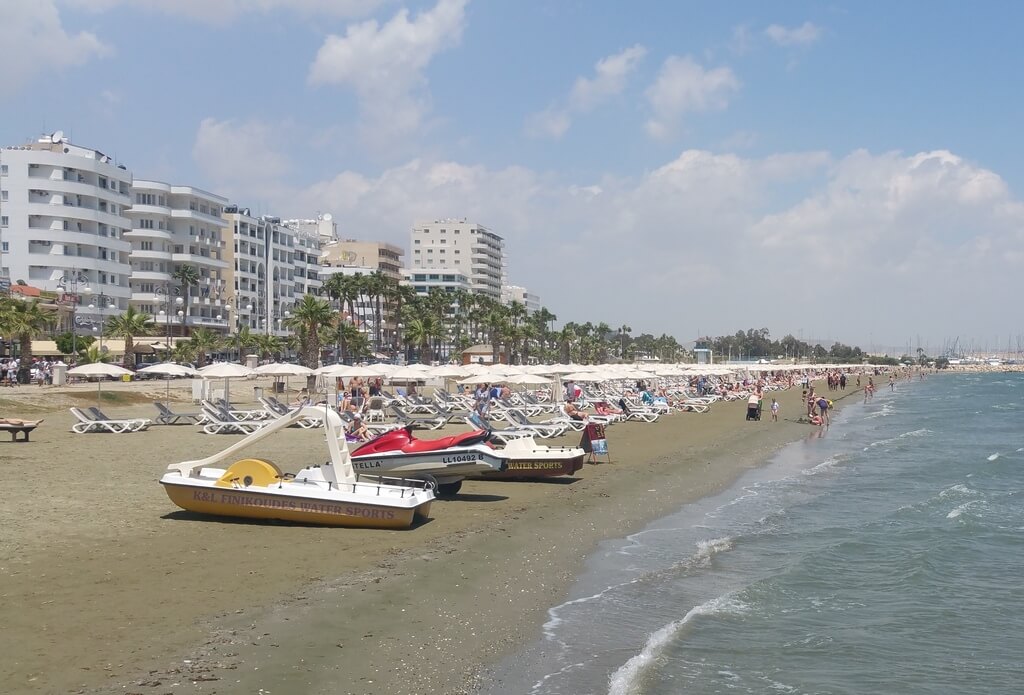Cape Greco Park
Cape Greco is a National Forest Park In Cyprus which under the administration of the Forestry Department of the Cyprus Ministry of the Interior.. It is a relatively unspoilt area with great natural beauty which changes and offers something different each season. It is an oasis of tranquility nestled midway between the busy Hotel resorts of Ayia Napa and Protaras.



